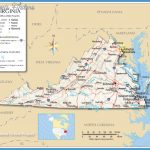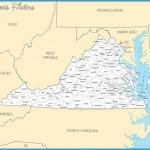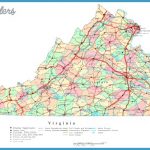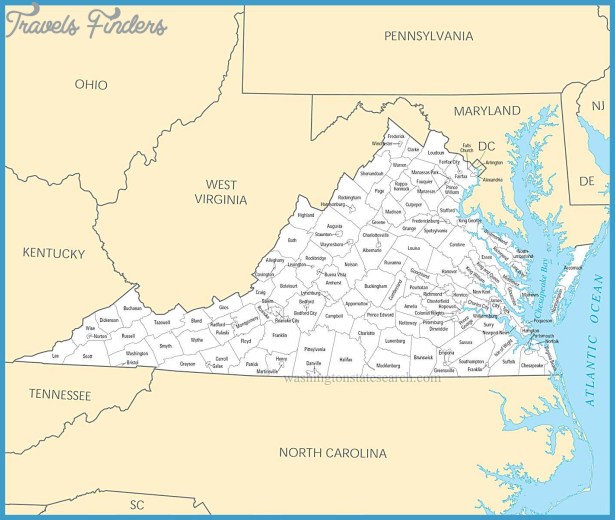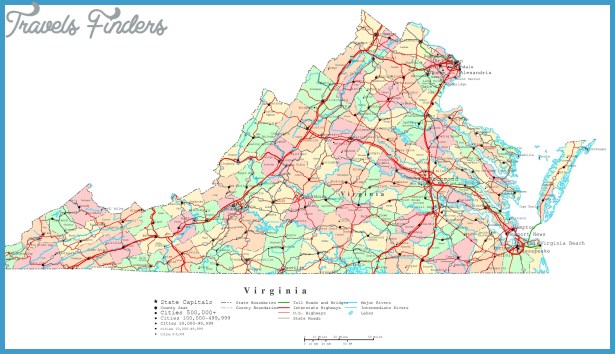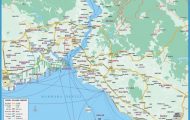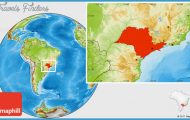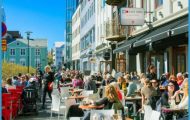Though it was passed in a concerted effort to assuage anxieties about undocumented migration in the context of heightened national security concerns, the Legal Presence Law has had perverse repercussions for many Virginia Latinos. Because it presents obstacles for obtaining legal, valid identification, many Latinos no longer can perform daily transactions, such as opening a bank account, registering children for school, or accessing other public services. Although Mexicans and Guatemalans have access to a high-security consular identification card, agencies across the state do not generally recognize it for identification purposes, demanding that any identification show proof of legal immigrant status. Therefore, unable to open bank accounts, many Latinos end up carrying large sums of cash, becoming easy targets of robbery and even violent crime.
As another repercussion of the Legal Presence Law, Governor Warner vetoed HB2339 in 2003. This bill would have legally prohibited enrollment in Virginia’s
colleges and universities of students who could not prove legal presence in the United States even if the applicants had grown up in Virginia and graduated from high schools across the state. Although HB2339 was rejected, Virginia universities still require students to show proof of legal status, denying in-state tuition to those unable to produce it. Currently, the 2007 Virginia General Assembly is reviewing over 22 anti-immigrant bills some of which, if enacted, would deny higher education to Virginia students unable to show proof of legal residency.
Beyond identification issues, escalating social tensions have become manifest through a variety of anti-immigrant legislation aimed at discouraging undocumented Latinos from living or working across the northern Virginia region. In Herndon, for example, a protracted controversy over the construction of a day laborers’ site placed the town at the heart of the national immigration debate. With the site finally becoming operational in 2005, the confrontation has now turned into a dispute over the enforcement of stricter rules that would require day laborers to show legal proof of residence. The local chapter of the Minuteman Project, a group favoring sharp curbs on illegal migration, makes occasional appearances to monitor activity and intimidate both day laborers and employers.
Similarly, over the past few months, anti-immigrant bill proposals have emerged from localities such as Manassas, Culpeper, and Prince William County. As many Virginia residents show heightened anxiety about the demographic changes taking place in their communities, they are determined to deter illegal migration through indirect tactics, including stricter enforcement of residential overcrowding zoning laws; amendments of zoning definitions to allow for the eviction of extended family members from single-family homes; English-only proposals; and the commissioning of impact studies to assess the effects of illegal migration in local communities.
The actual redefinition of the concept of family would make persons more than two generations removed from the head of the household eligible to be legally evicted from single-family homes. These attempts to address overcrowding in the city of Manassas have not been successful. The U.S. Department of Justice is investigating complaints by residents, civil rights groups, and the U.S. Department of Housing and Urban Development that the city illegally targeted Latino families in the enforcement of zoning laws. Complaints to the U.S. Department of Education are also pending against the city from four Latino families who claim the Manassas public school system turned over students’ records to zoning inspectors without notifying the children’s parents, a violation of the Family Educational Rights and Privacy Act.
To add complexity to this scenario, the rise in gang activity across northern Virginia has received widespread media attention in the last couple of years, expanding federal and local law enforcement budgets. In fact, in November 2005.

